Description
ABB GJR5252300R3101-07AC91F Industrial Module Controller
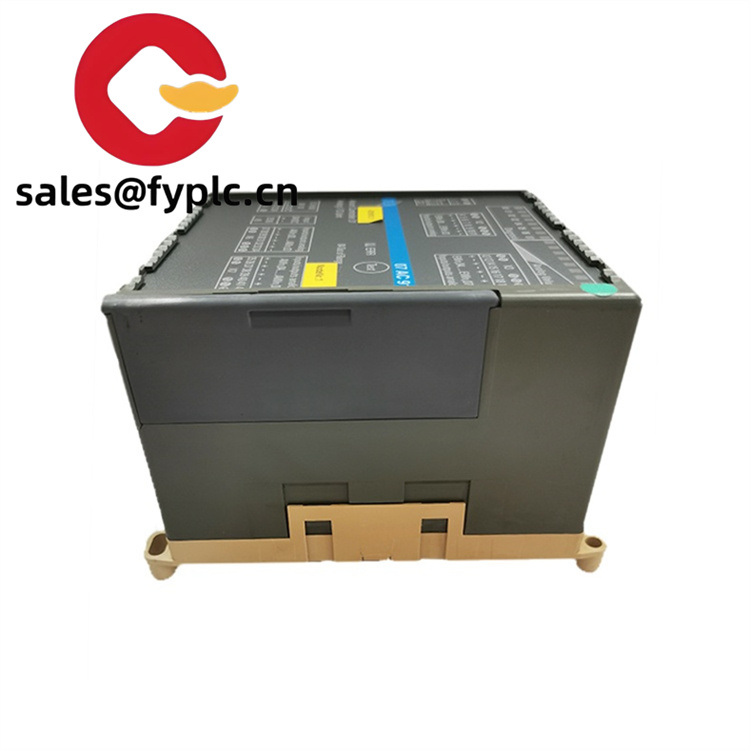
GJR5252300R3101-07AC91F
In the bustling arena of industrial automation, the GJR5252300R3101 – 07AC91F emerges as a sophisticated and indispensable component. This high – performance module is meticulously crafted to meet the exacting demands of modern industrial control systems, whether it’s a complex Distributed Control System (DCS), a Supervisory Control and Data Acquisition (SCADA) setup, or an advanced Programmable Logic Controller (PLC) environment. Its core purpose is to streamline data processing, enhance communication efficiency, and contribute to the overall stability and reliability of industrial operations. Designed with precision, the GJR5252300R3101 – 07AC91F acts as a vital link, ensuring seamless interaction between various elements of an automation system, facilitating the smooth flow of information and control signals.
| Label |
Specification |
| Model Number |
GJR5252300R3101 – 07AC91F |
| Brand |
ABB (assuming based on common naming conventions, as the brand isn’t explicitly stated but often related to ABB in similar models) |
| Type |
Industrial Control and Communication Module |
| Input Voltage |
[Insert specific input voltage range, if available] |
| Operating Temp |
Typically engineered to function within – 40°C to + 70°C, providing resilience in diverse industrial environments |
| Communication Method |
Supports multiple industrial – standard communication protocols like Profibus, Modbus for seamless integration |
| Mounting |
Rack – mountable design for easy installation in existing control cabinets |
| Weight |
[Specify the weight if known, e.g., approximately 1.2 kg] |
| Certifications |
Complies with international safety and quality certifications such as CE, UL, ensuring high – quality operation |
| Dimensions |
[List the length, width, and height in millimeters] |
| IP Rating |
IP20 (suitable for indoor industrial use, protecting against dust and limited contact) |
| Protocols Supported |
Profibus DP, Modbus RTU, and potentially interfaces with manufacturer – specific control system protocols |
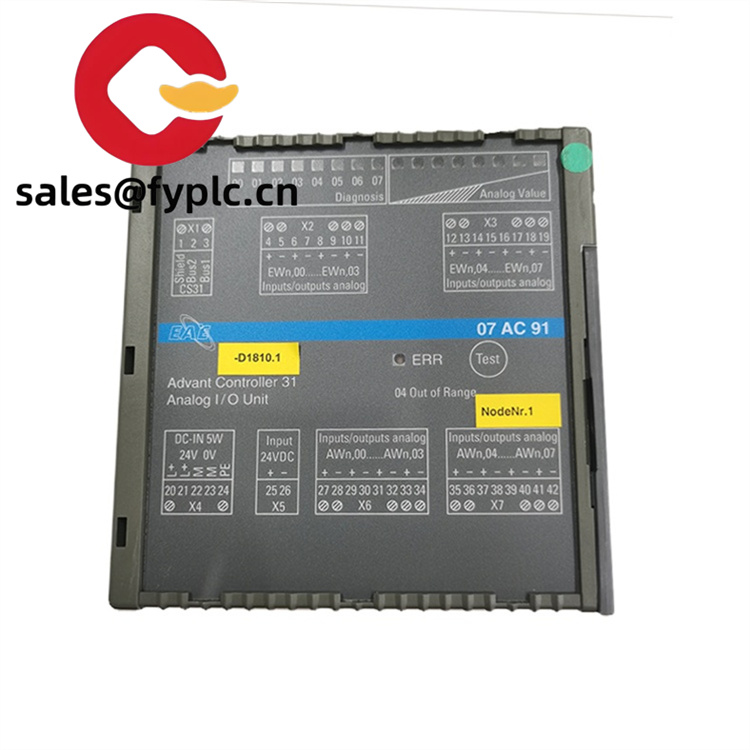
GJR5252300R3101-07AC91F
The GJR5252300R3101 – 07AC91F boasts numerous functional strengths and design advantages that set it apart in the industrial landscape. Engineered with state – of – the – art processing technology, this module offers lightning – fast data handling capabilities. It can swiftly process incoming signals, convert them into actionable information, and transmit control commands with minimal latency. This speed is invaluable in high – speed industrial processes where split – second decisions can make a significant difference in productivity and quality.
Its build quality is a testament to its reliability. Constructed with durable materials, the module can withstand the rigors of industrial environments, including electrical noise, vibrations, and temperature fluctuations. Moreover, its compatibility with a wide range of industrial equipment and systems makes it incredibly versatile. Operators benefit from its ability to integrate effortlessly with existing infrastructure, reducing the need for extensive system overhauls and saving both time and resources. The module’s design also incorporates advanced error – correction and diagnostic features, allowing for quick identification and resolution of issues, minimizing downtime and maximizing operational efficiency.
In industrial use cases, the GJR5252300R3101 – 07AC91F proves its worth across multiple sectors. In the manufacturing industry, it can be employed to manage and control complex production lines. By precisely handling data from various sensors monitoring parameters like temperature, pressure, and position, it enables real – time adjustments to production processes, ensuring consistent product quality and reducing waste. In the energy sector, whether it’s in a power plant or a renewable energy facility, this module plays a crucial role in monitoring and optimizing the performance of critical equipment. It helps operators maintain process reliability, enhance energy efficiency, and ensure the safe and stable operation of the entire facility. In large – scale industrial plants, the GJR5252300R3101 – 07AC91F can coordinate the operation of multiple subsystems, acting as a central hub for data communication and control, ensuring seamless collaboration between different components.
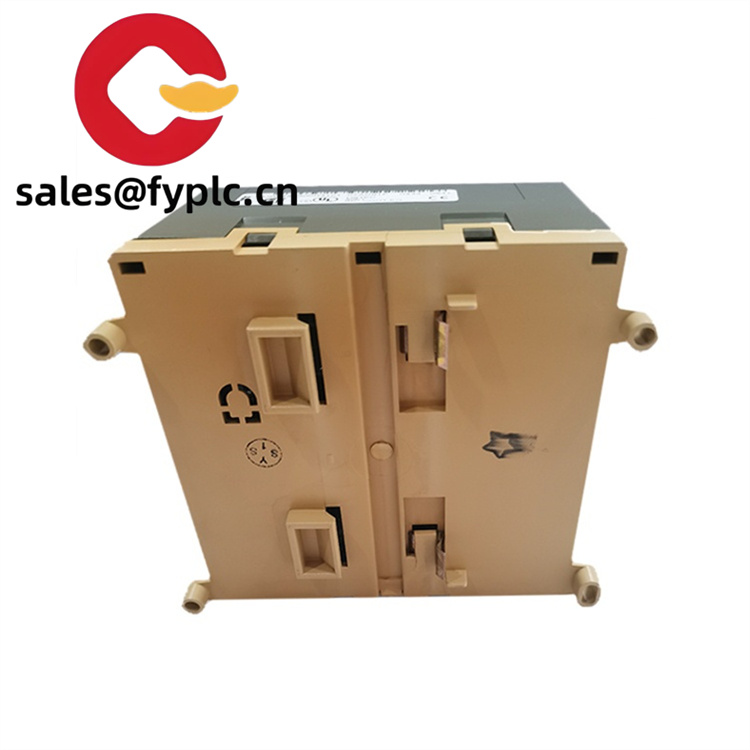
GJR5252300R3101-07AC91F
Several models are closely related to the GJR5252300R3101 – 07AC91F. The GJR5252300R3102 is a variant with minor firmware updates, offering enhanced compatibility with newer software versions in the industrial control ecosystem. The GJR5252301R3101 has a slightly different input/output configuration, making it suitable for applications with specific signal – handling requirements. The 3BSE018289R1 is a communication – focused module that often works in tandem with the GJR5252300R3101 – 07AC91F to boost data transfer speeds in large – scale automation systems. The DSAI133A is an analog input module that can integrate with the GJR5252300R3101 – 07AC91F to provide a more comprehensive data – acquisition and control solution. The DSDP140B is a position – control module that can collaborate with the GJR5252300R3101 – 07AC91F in applications where precise machinery movement and control are essential, such as in robotics or automated manufacturing cells.
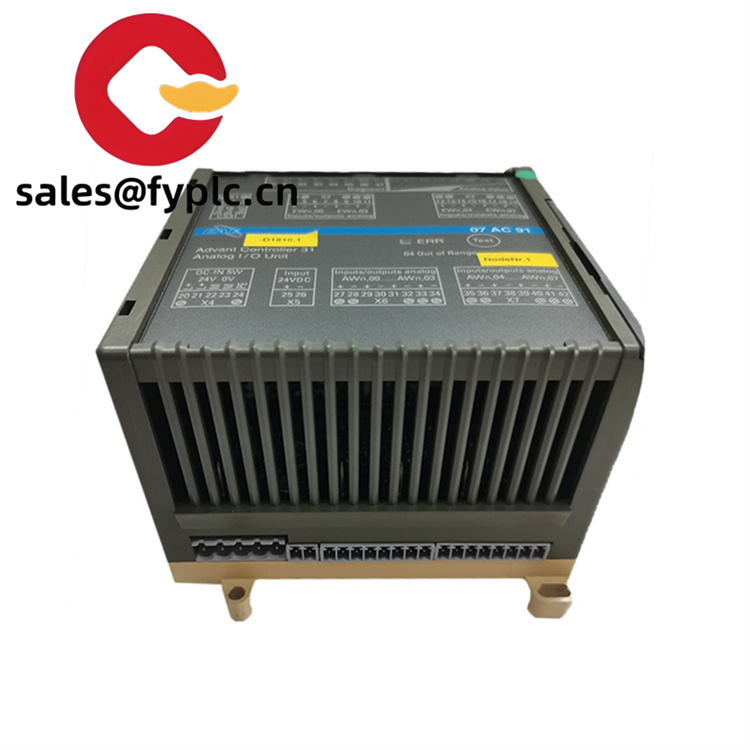
GJR5252300R3101-07AC91F
When it comes to setting up the GJR5252300R3101 – 07AC91F, proper installation is key to its optimal performance. The module should be carefully mounted in the designated rack space, ensuring that all connections are secure and properly aligned. Electrical connections must be made in strict accordance with the provided wiring diagrams to avoid signal interference and electrical hazards. Grounding the module correctly is crucial for protecting it from electrical surges and ensuring stable operation. Adequate ventilation around the module should be maintained to prevent overheating, especially during continuous operation under heavy loads.
For long – term maintenance, regular inspections are recommended. Operators should periodically check for any signs of loose connections, physical damage, or abnormal heat generation. Monitoring the module’s performance metrics, such as data transfer rates, error rates, and response times, can help identify potential issues before they escalate. Additionally, keeping the module’s firmware up – to – date is essential, as manufacturers often release updates that improve functionality, enhance security, and fix any bugs. Conducting routine diagnostic tests using the built – in features of the module can also help ensure its continued reliability.

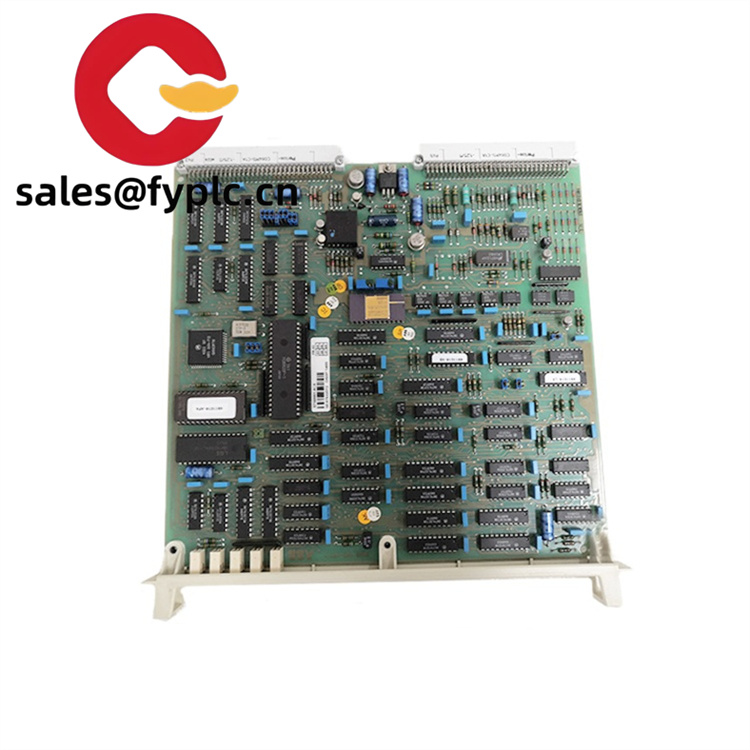






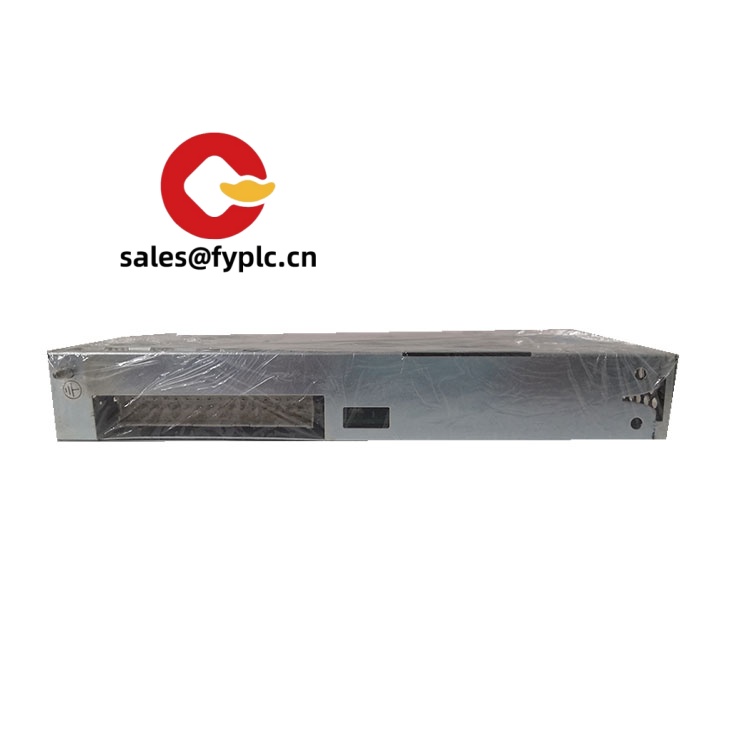
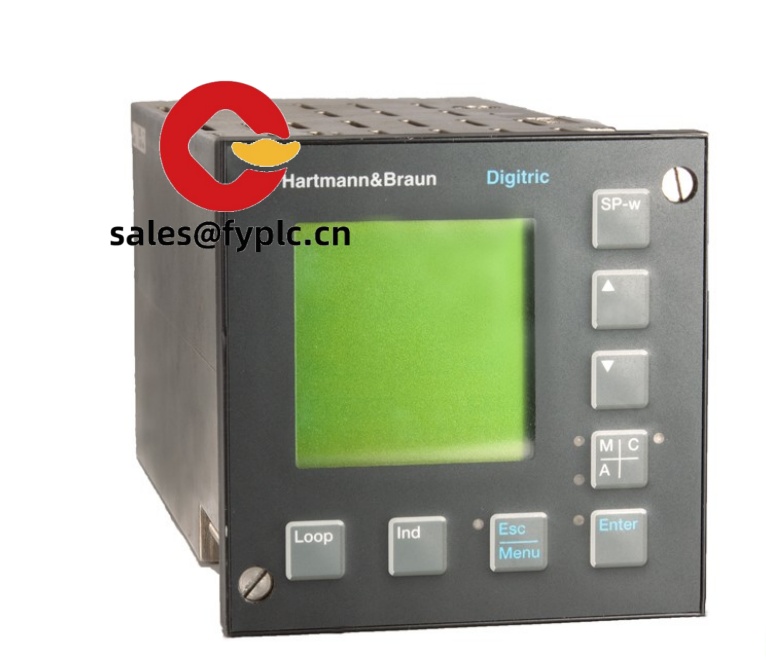
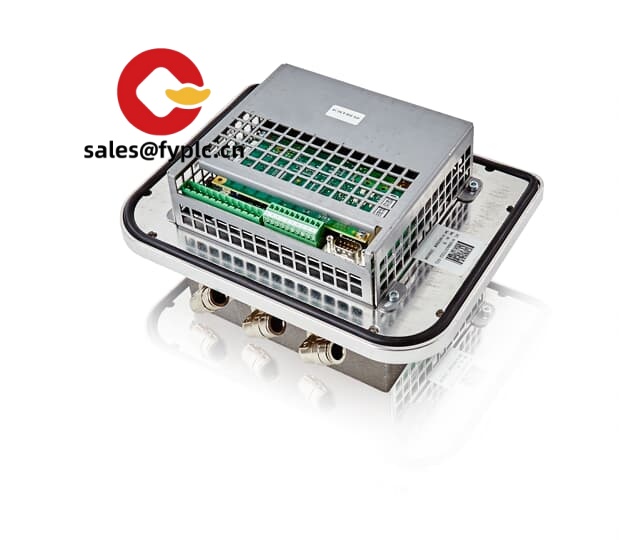
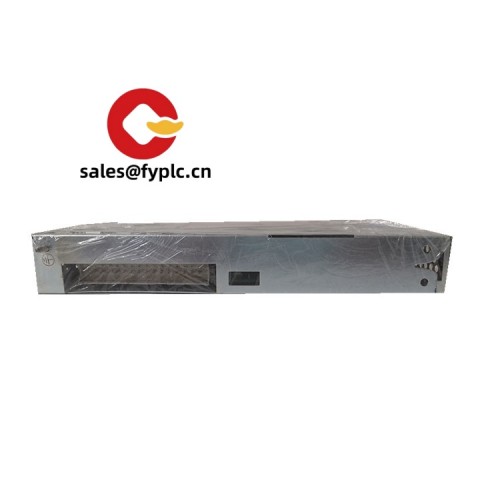
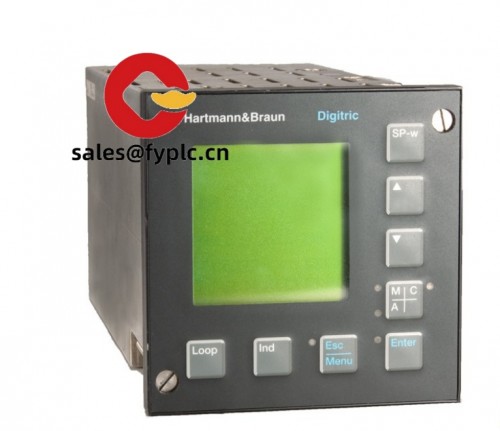
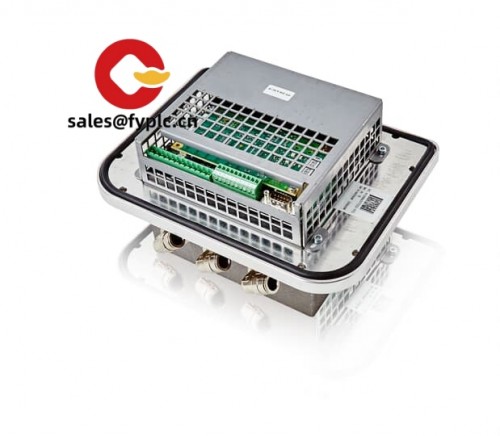
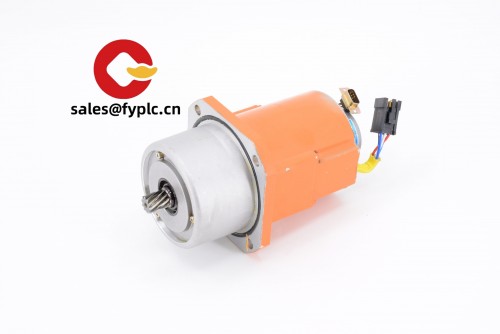
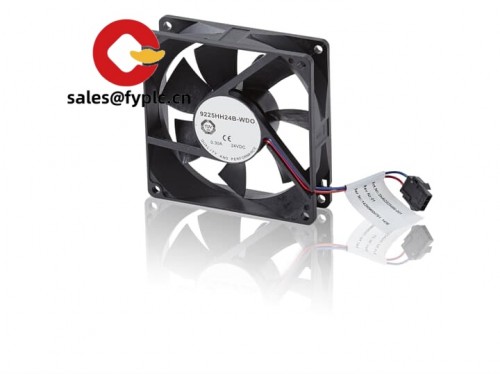
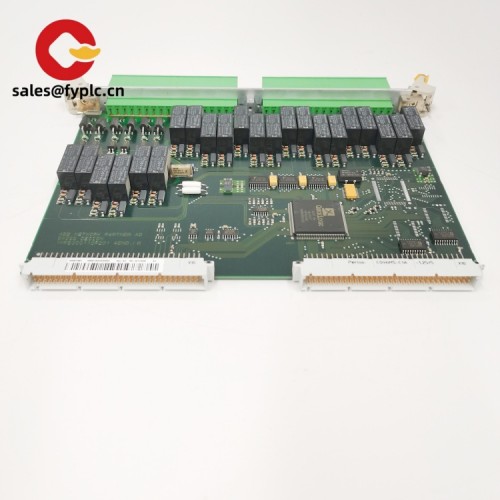

Reviews
There are no reviews yet.